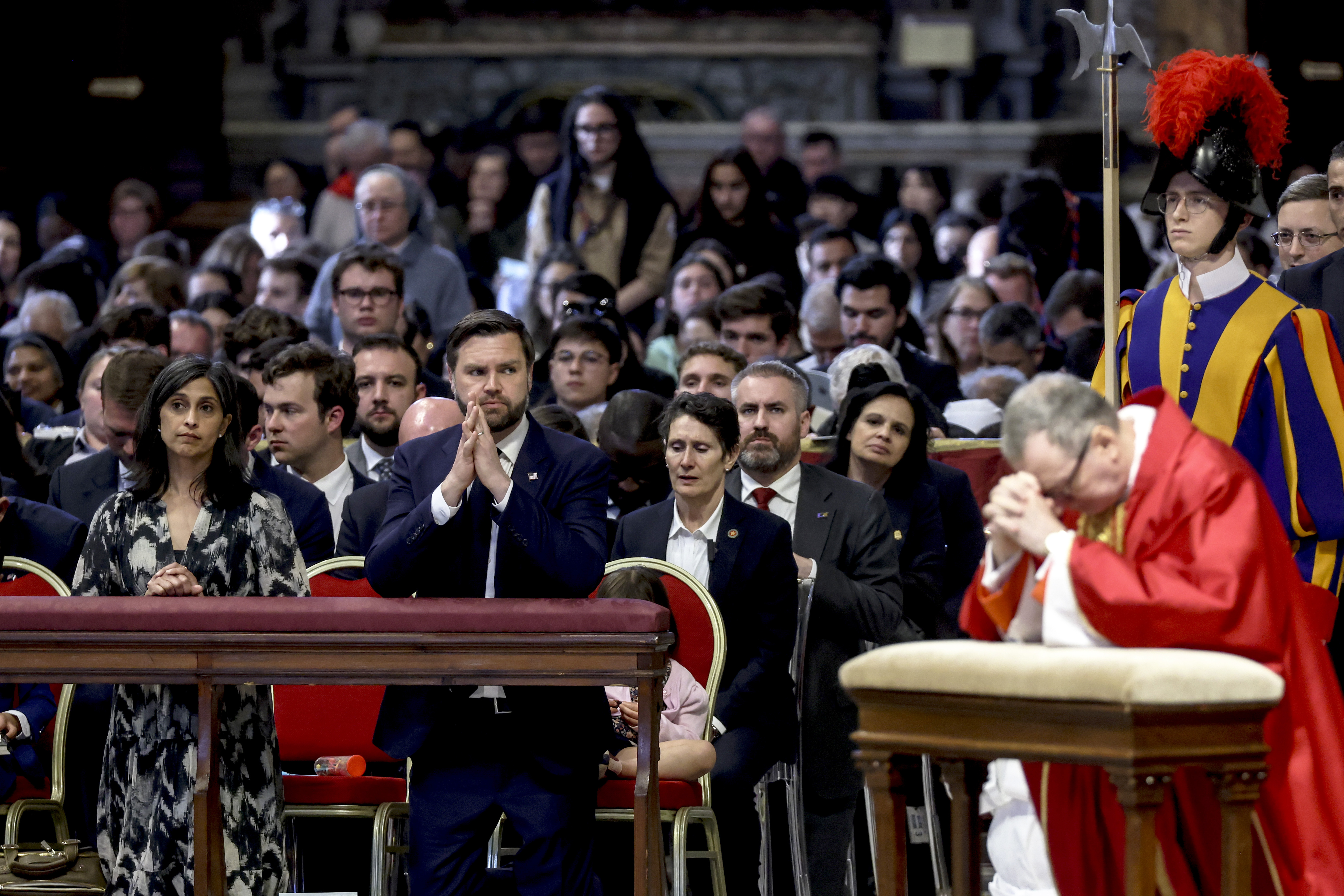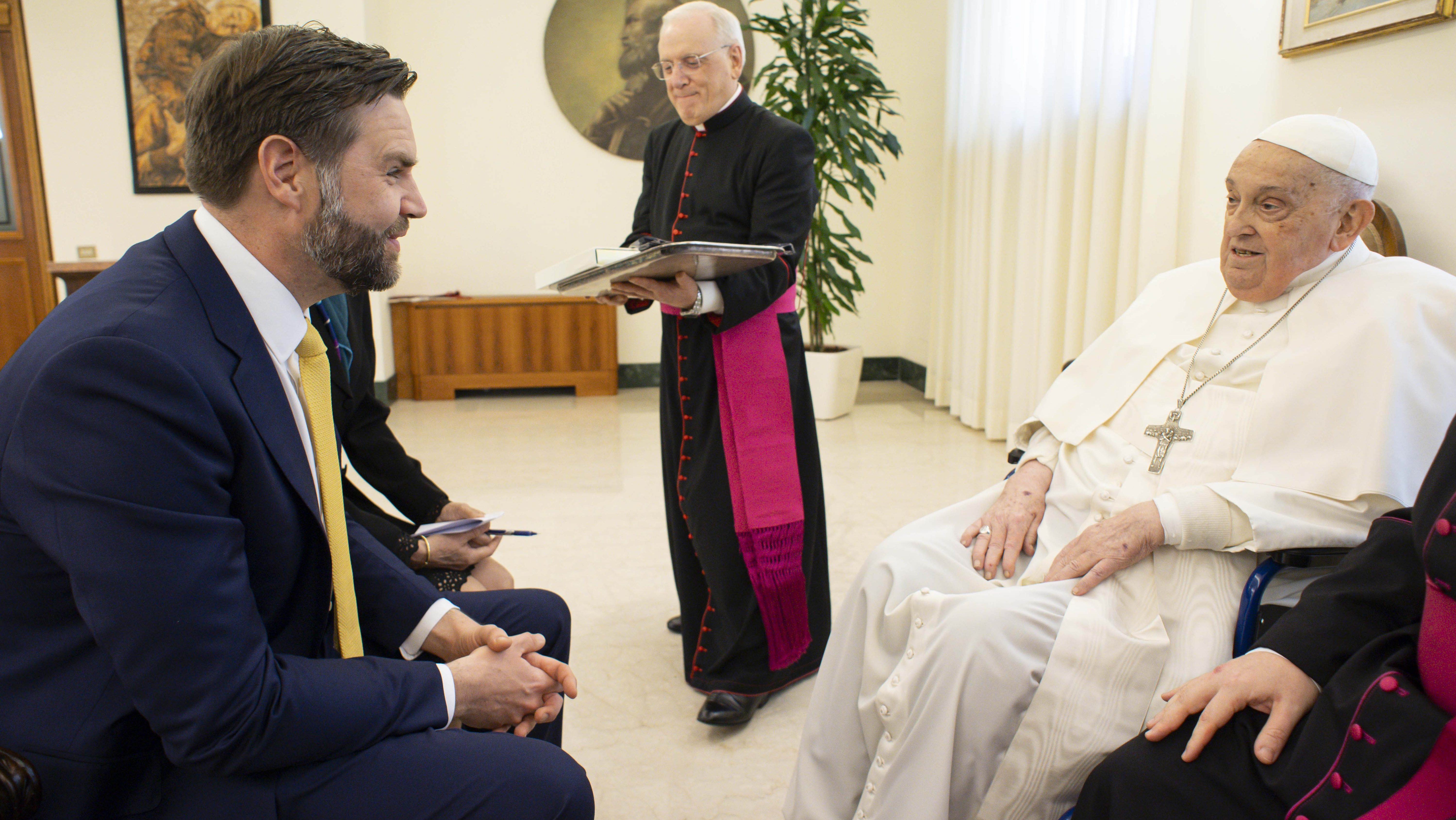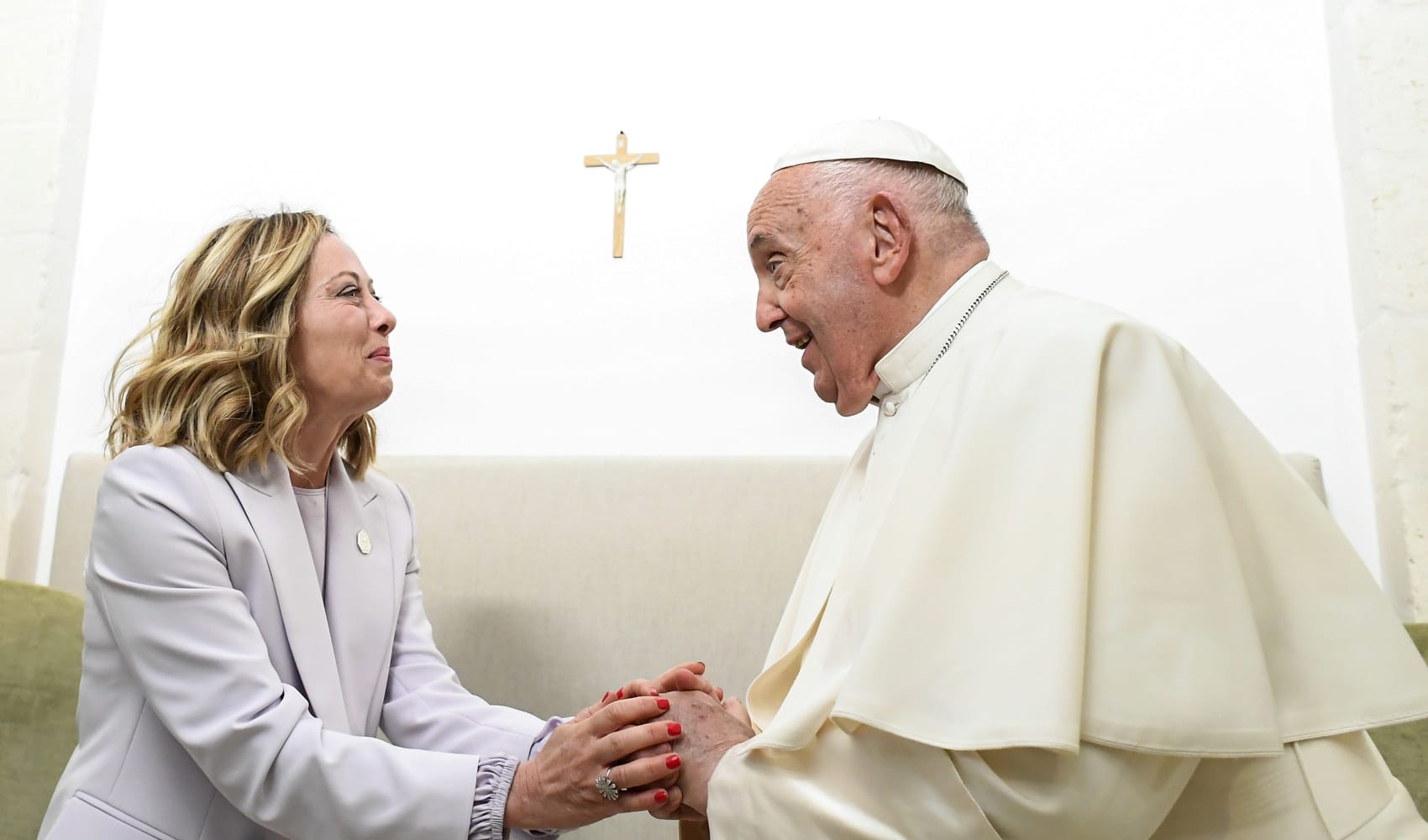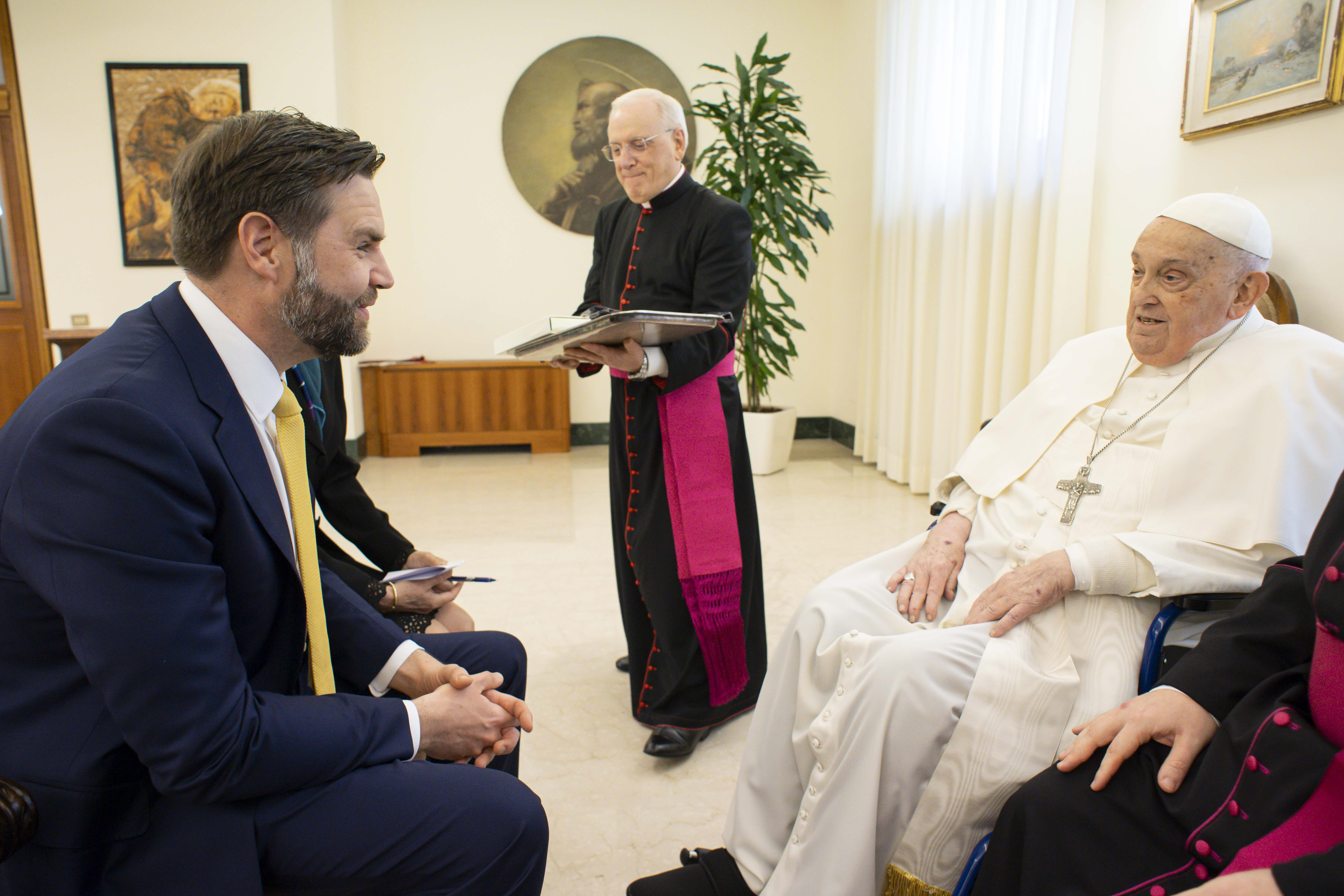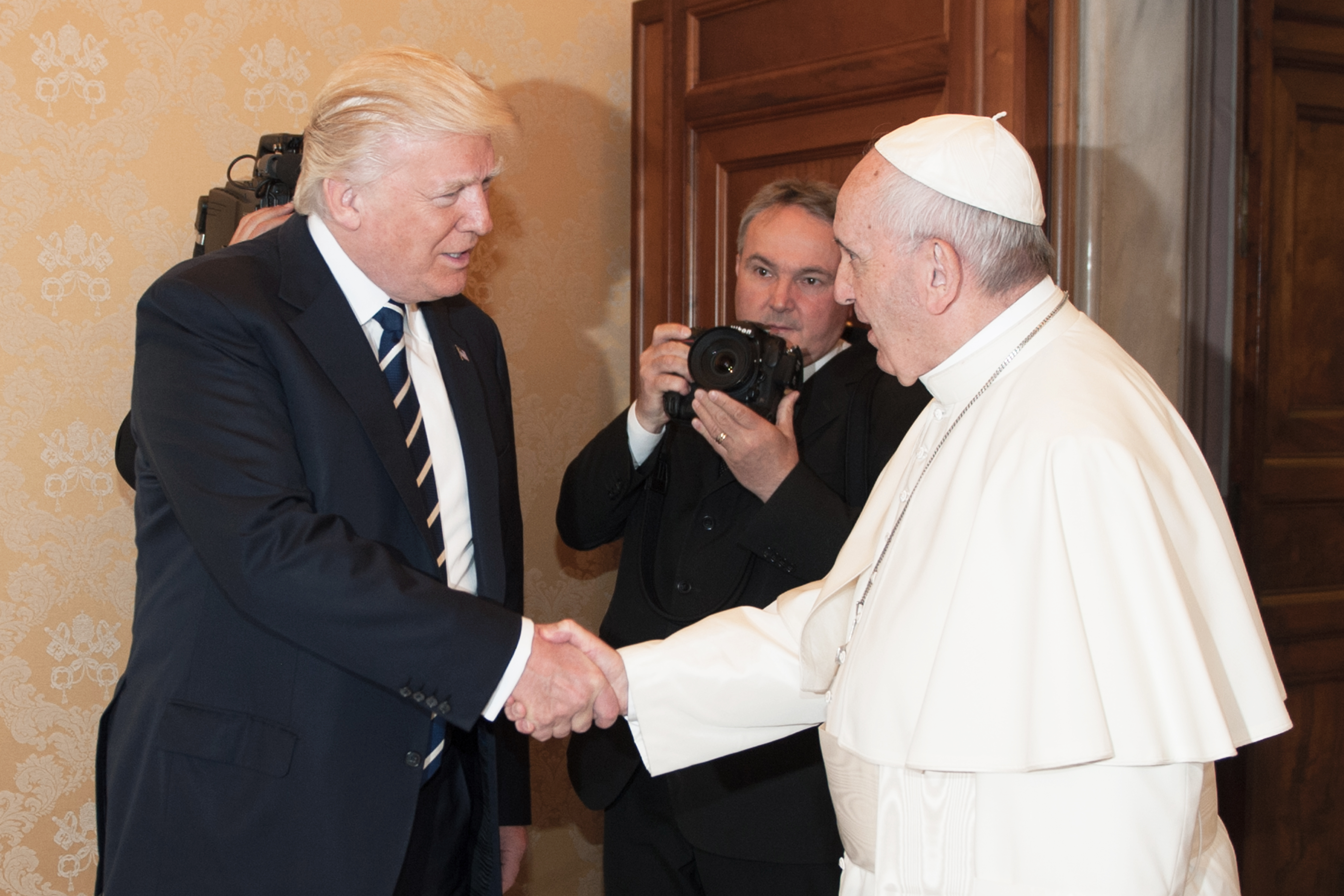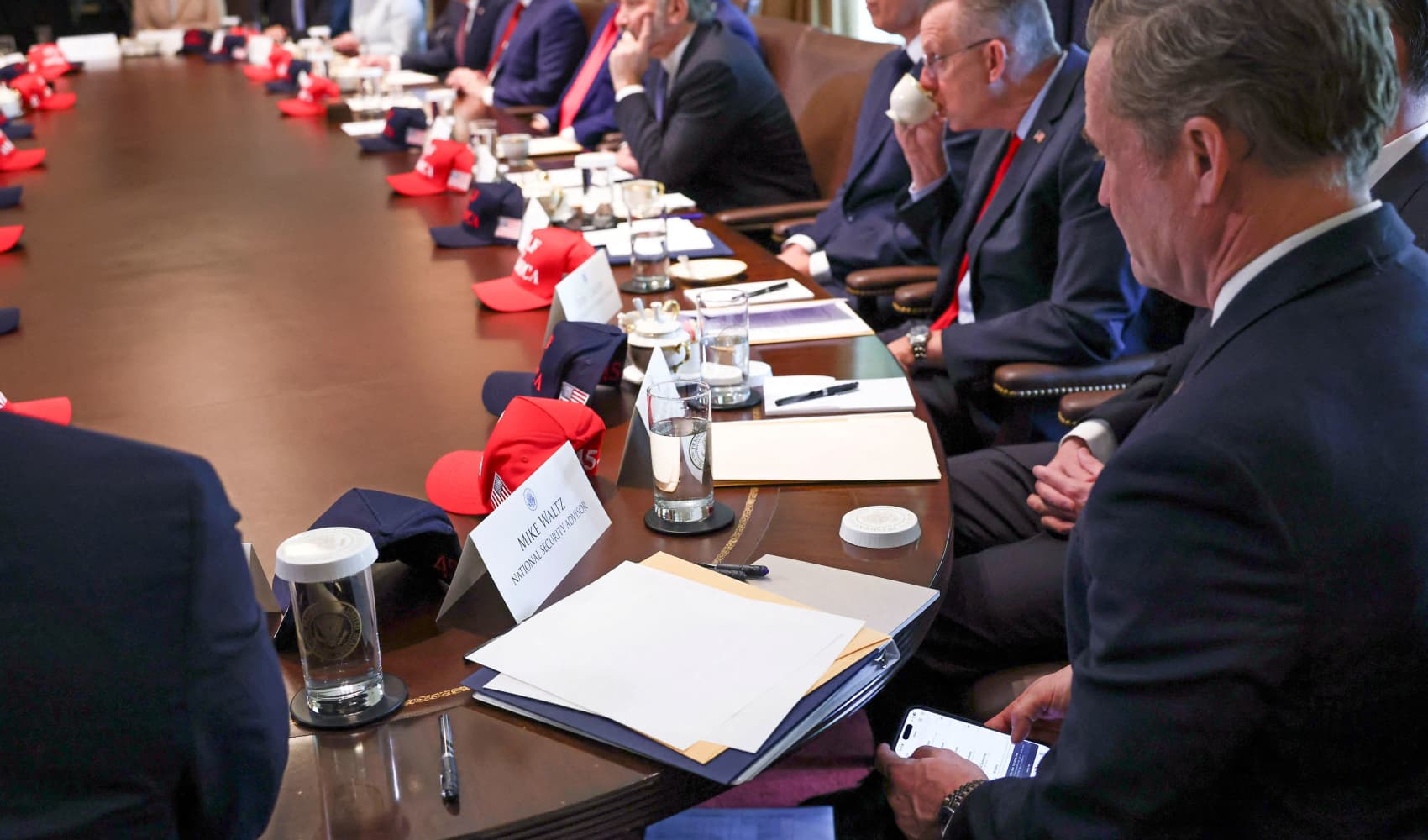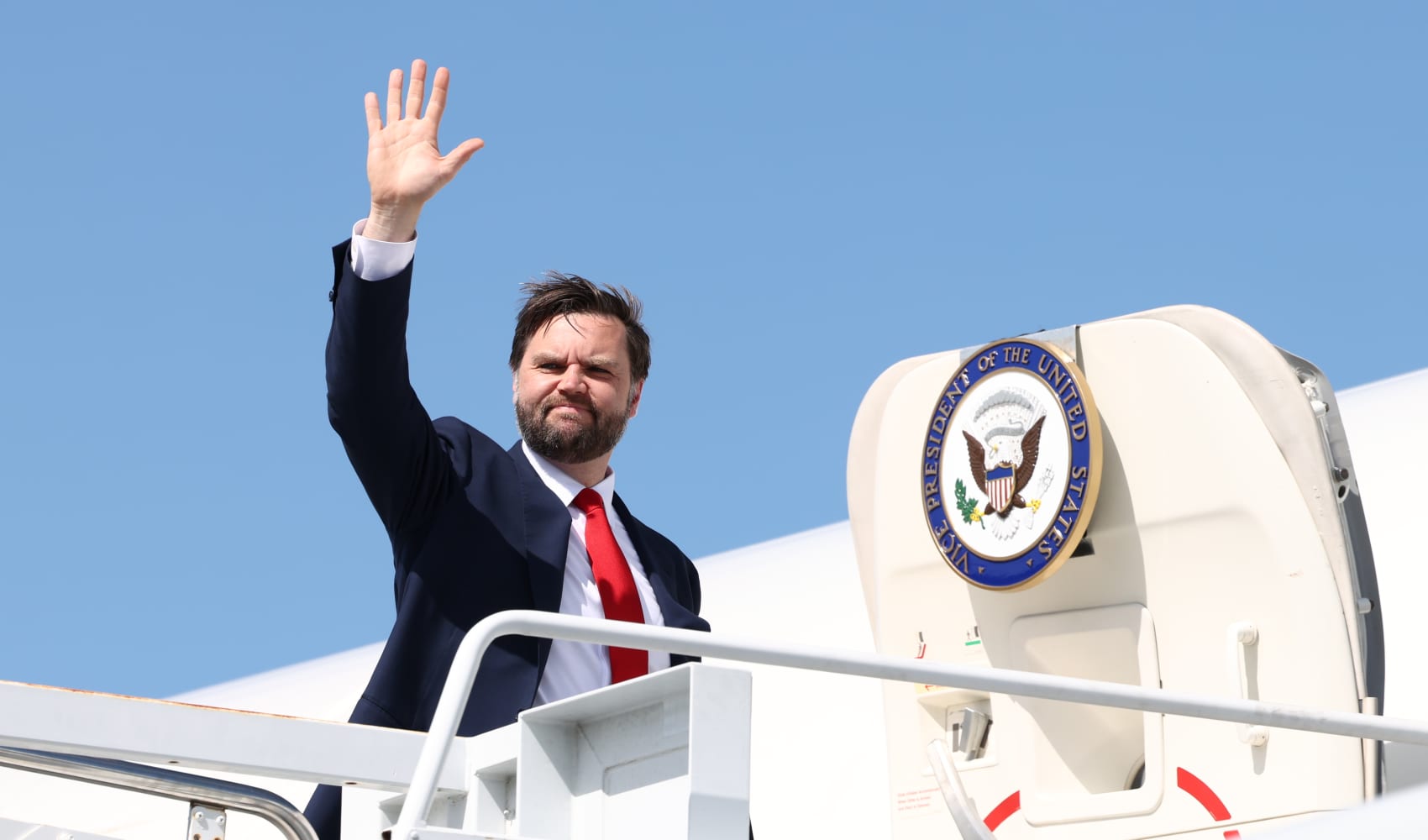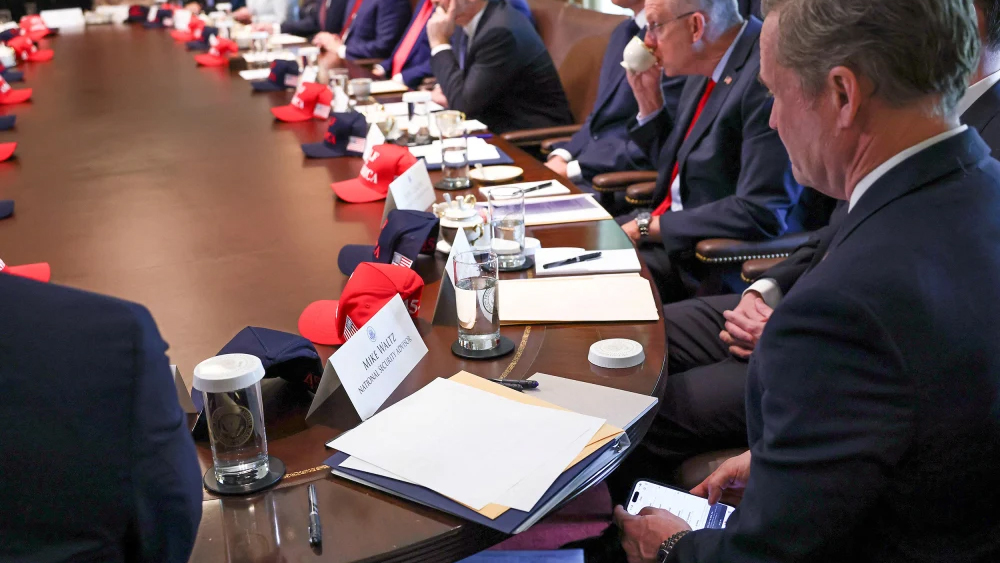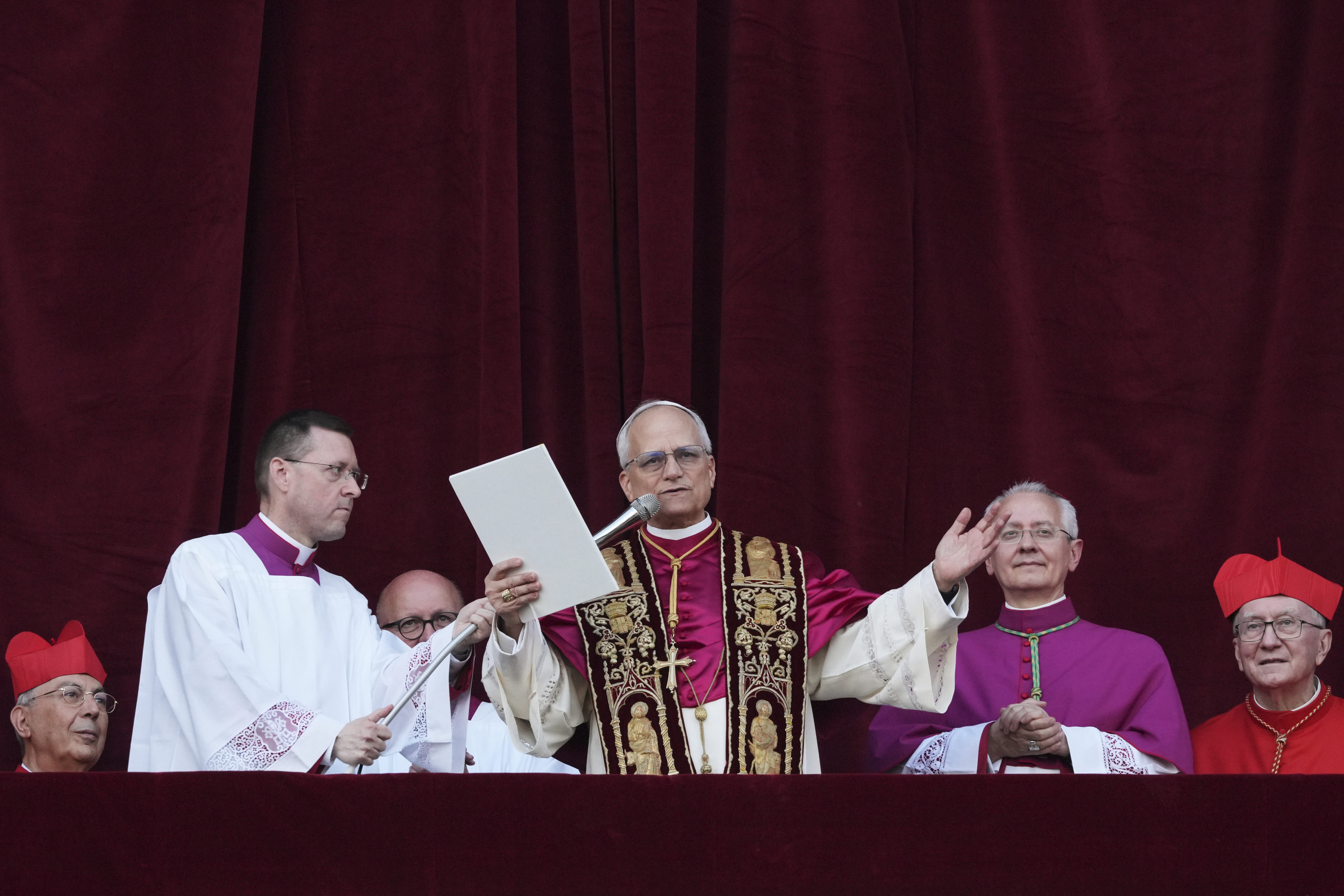JD Vance Vatican Visit: Papal Rebuke and Seeking Harmony
JD Vance in Vatican: Seeking Harmony After Papal Criticism?
Introduction: A Bridge Over Troubled Waters?
Imagine a tightrope walker, carefully navigating between two opposing forces. That, in a nutshell, is the situation surrounding U.S. Vice President JD Vance's recent visit to the Vatican. Following Pope Francis's pointed critique of the Trump administration's immigration policies and Vance's own defense of those policies, this meeting takes on a significant dimension. Could this be an attempt to mend fences, seek understanding, or perhaps even find common ground? Let's delve into the nuances of this intriguing encounter.
Vance's Vatican Visit: A Diplomatic Tightrope Walk
JD Vance, a Catholic convert, arrived in Vatican City on Saturday for a scheduled meeting with Cardinal Pietro Parolin, the Vatican's Secretary of State, and Archbishop Paul Gallagher, the foreign minister. The air was thick with speculation: Would Vance also get a chance to briefly greet Pope Francis, who is currently recovering from pneumonia? The possibilities were many, and the stakes were high.
The Vatican's Delicate Dance with the Trump Administration
The Holy See, known for its diplomatic neutrality, has been walking a fine line in its interactions with the Trump administration. While expressing concerns about the administration's tough stance on migrants and cuts in international aid, the Vatican has also consistently called for peaceful resolutions to conflicts in Ukraine and Gaza. It's a complex balancing act, requiring careful consideration of both humanitarian concerns and geopolitical realities.
The Shift in American Policy: A Cause for Concern?
The Vatican has observed a marked shift in American policy, particularly regarding immigration and international relations. “It is clear that the approach of the current U.S. administration is very different from what we are used to and, especi..." - this snippet hints at the underlying tension. Is this difference a cause for alarm? Only time will tell how these divergent approaches will ultimately impact global affairs.
A Clash of Ideologies: Faith, Politics, and Immigration
The tension between Vance's political stance on immigration and Pope Francis's more compassionate approach highlights a larger ideological divide. The Pope has consistently advocated for the rights and dignity of migrants and refugees, urging nations to welcome them with open arms. Vance, on the other hand, has publicly defended stricter immigration policies, citing concerns about national security and economic stability. This difference in perspective sets the stage for a potentially challenging dialogue.
Theological Justifications: Interpreting Faith Through Different Lenses
Vance's "theological justification" of Trump's policies has been a point of contention. How can faith be used to support policies that some see as inhumane? This raises profound questions about the interpretation of religious texts and the application of faith to contemporary political issues. It is this interpretation that brought about the "remarkable papal rebuke."
The Pope's History of Criticizing Migrant Crackdowns
Pope Francis has a well-documented history of speaking out against harsh treatment of migrants and refugees. He has visited refugee camps, met with asylum seekers, and consistently called on world leaders to address the root causes of migration. His unwavering commitment to this issue makes his critique of the Trump administration all the more significant.
Possible Outcomes of the Vance-Vatican Meeting
What could come of this meeting? Several possibilities emerge:
- A dialogue of understanding: Vance may seek to explain the rationale behind the administration's policies, while the Vatican representatives may reiterate their concerns and advocate for a more compassionate approach.
- A diplomatic compromise: Both sides may seek to find common ground, perhaps by focusing on areas of shared interest, such as humanitarian aid or peaceful conflict resolution.
- A continuation of tensions: It is also possible that the meeting will not lead to any significant changes, and the ideological differences will remain.
The Significance of Vatican Diplomacy
The Vatican holds a unique position in the world of international diplomacy. As the spiritual leader of over a billion Catholics, the Pope wields considerable moral authority. The Vatican's diplomatic efforts often focus on promoting peace, justice, and human rights. Its engagement with political leaders, like JD Vance, can have a significant impact on global affairs.
The Role of Religion in Politics: A Complex Interplay
The intersection of religion and politics is always a delicate and often contentious area. How should religious values inform political decisions? What is the proper role of religious leaders in public discourse? These are questions with no easy answers, and the Vance-Vatican meeting underscores the complexity of this interplay.
The Future of US-Vatican Relations
The outcome of this meeting could have implications for the future of US-Vatican relations. Will the two sides be able to find common ground and work together on shared goals? Or will the ideological differences continue to create friction? The world is watching to see how this relationship evolves.
Potential Areas of Cooperation
Despite their differences on immigration, the US and the Vatican share common ground in areas such as combating human trafficking, promoting religious freedom, and addressing climate change. These shared interests could provide opportunities for future collaboration.
The Global Impact of US Immigration Policy
US immigration policy has far-reaching consequences, not only for those seeking to enter the country but also for global stability and economic development. The Vatican, with its global reach and its commitment to social justice, has a vested interest in promoting fair and humane immigration policies.
Vance's Political Future: Balancing Faith and Politics
JD Vance's political career is undoubtedly influenced by his Catholic faith. How he navigates the tension between his personal beliefs and his political responsibilities will be a key factor in his future success. His engagement with the Vatican could be seen as an effort to reconcile these two aspects of his identity.
Media Coverage and Public Perception
The Vance-Vatican meeting has garnered significant media attention, and public perception is divided. Some see it as a positive step towards reconciliation, while others view it with skepticism. The media coverage of this event will play a crucial role in shaping public opinion.
Conclusion: A Step Towards Dialogue or a Continuation of Division?
JD Vance's visit to the Vatican following Pope Francis's criticism of the Trump administration's immigration policies represents a pivotal moment. Whether this meeting will lead to greater understanding and cooperation, or simply underscore the existing ideological divide, remains to be seen. The dialogue, however complex, is a necessary step in navigating the intersection of faith, politics, and humanitarian concerns in a rapidly changing world. The key takeaway is the need for continued conversation and a willingness to bridge seemingly unbridgeable divides.
Frequently Asked Questions
- Why is the Pope so vocal about immigration issues?
Pope Francis sees migrants and refugees as some of the most vulnerable people in the world. His faith compels him to advocate for their rights and dignity. He frequently references biblical teachings about welcoming the stranger and showing compassion to those in need. - What specific policies of the Trump administration did the Pope criticize?
While the Pope rarely mentions specific policies by name, he has consistently criticized policies that separate families at the border, limit asylum access, and demonize migrants. He has also expressed concern about the reduction in international aid, which often affects vulnerable populations in developing countries. - What does "diplomatic neutrality" mean for the Vatican?
Diplomatic neutrality means that the Vatican refrains from taking sides in political conflicts. Instead, it seeks to act as a mediator and to promote peaceful resolutions. This neutrality allows the Vatican to engage with a wide range of actors and to advocate for its core values, such as peace, justice, and human rights. - How does JD Vance reconcile his Catholic faith with his political views on immigration?
This is a complex question that Vance himself has addressed publicly. He argues that his faith informs his concern for the well-being of American citizens, including their economic security and national safety. He believes that responsible immigration policies are necessary to protect these interests. Others within the Church disagree, highlighting the inherent complexities of applying faith to policy. - What can individuals do to support migrants and refugees?
There are many ways to support migrants and refugees, including donating to reputable organizations that provide assistance, volunteering time to help refugees resettle in their communities, advocating for more humane immigration policies, and challenging negative stereotypes and misinformation about migrants. Even small acts of kindness and compassion can make a significant difference.
